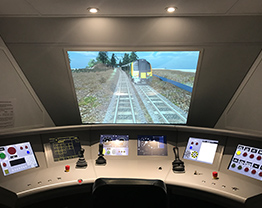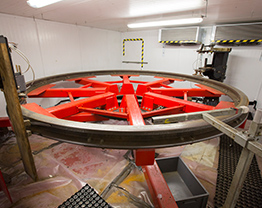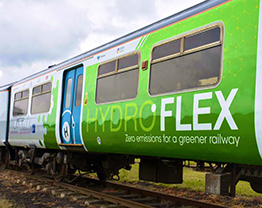Birmingham Centre of Railway Research and Education (BCRRE)


Birmingham Centre of Railway Research and Education (BCRRE)

From training engineers to developing world-leading technologies, BCRRE collaborate with industry and academia to drive UK and global rail innovation.
RTS PRIORITY AREAS







UKRRIN Centre of Excellence in Digital Systems – Lead
Boundary Layer Wind Tunnel
Environment for Academic Research
Transient Railway Aerodynamics Investigation Rig
Simulation labs
Pantograph rig
Wheelset kit
Robot arm
Battery cycler
Downburst generator
Geotechnical labs
Dynanometer
48 Research staff
102 PhD students
48 Masters students
Civil and Railway Engineering Beng
Civil and Railway Engineering Meng
Electrical and Railway Engineering Beng
Railway Systems Engineering and Integration Masters/MSc/Diploma/Certificate
Railway safety and control systems Msc/Diploma/Certificate/Level 7 Degree Apprenticeship
Digital Railway Leadership PGCertificate and PG Diploma
Railway Systems add Level 7 Degree Apprenticeship
Railway Control and Communications MSc
PhD opportunitiesYes
Continuing Professional Development (CPD) CoursesRailway Operations and Control Systems Design
Strategic Business Management for Railways
Practical Ergonomics for Railway Systems
Railway Traction and Electrification Systems
Rolling Stock Infrastructure and Interactions
Name: Kevin Blacktop, Head of Delivery at the BCRRE
Email: K.A.Blacktop@bham.ac.uk

TESTING AND TRIALING FACILITIES
Facilities